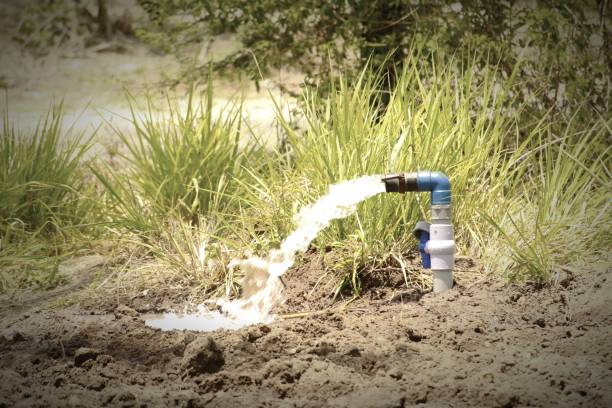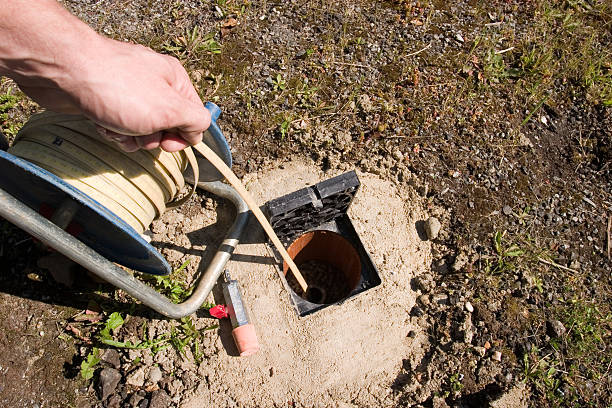Groundwater Well Tests: Understanding Long-Duration Step
Tests and Recovery Analysis

Groundwater is a vital resource for many industries, agriculture, and households. To ensure a well is sustainable and productive, groundwater well tests are essential. Two key components of these tests are the long-duration step test and the recovery test. This article explains their purpose, methodology, and importance.
What Are Groundwater Well Tests?
Groundwater well tests assess the performance, capacity, and sustainability of a well. They provide data on the aquifer’s characteristics, including permeability, transmissivity, and storage capacity. These insights help in:
Determining the well’s yield potential.
Preventing over-extraction of groundwater.
Ensuring long-term sustainability.
Long-Duration Step Tests
Definition
A step test involves pumping water from the well at increasing rates (steps) over a defined period, typically ranging from a few hours to several days. A long-duration step test is an extended version of this, conducted over a prolonged timeframe to better understand the aquifer’s behavior under continuous stress.

Purpose
Evaluate the well’s capacity at different pumping rates.
Identify the sustainable yield for prolonged use.
Detect changes in the aquifer’s response to prolonged pumping, such as declining water levels.
Procedure
- Preparation: Install a pump and water-level monitoring equipment. Ensure the pump can handle varying flow rates.
- Stepped Pumping: Pump the well at progressively higher rates in predetermined time intervals (e.g., 4, 8, or 24 hours per step).
- Data Collection: Record the drawdown (water level drop) for each step.
- Analysis: Evaluate how the aquifer responds to different stress levels by plotting discharge rates against drawdown.
Recovery Test
Definition
A recovery test measures how quickly the water level in a well returns to its original state after pumping stops.

Purpose
Assess the aquifer’s recharge rate.
Confirm data obtained from the step test.
Evaluate the well’s efficiency and detect any potential issues, such as clogging or reduced permeability.
Procedure
- Post-Pumping: Immediately after the step test, stop pumping.
- Monitoring: Measure the rise in water levels at regular intervals until equilibrium is reached.
- Analysis: Compare the recovery curve to the drawdown curve to assess aquifer properties and well efficiency.
Importance of Long-Duration Tests and Recovery Analysis
- Sustainability: Determine a safe yield for the well, preventing over-extraction and aquifer depletion.
- Infrastructure Planning: Provide data for designing pumps, pipelines, and storage systems.
- Environmental Protection: Identify potential impacts on nearby ecosystems and other water users.
- Problem Diagnosis: Detect issues like well inefficiency or aquifer boundary effects.
Conclusion
Long-duration step tests and recovery tests are indispensable for groundwater well management. They provide crucial insights into the well’s capacity and the aquifer’s characteristics, ensuring sustainable and efficient use of groundwater resources. Conducting these tests with precision and expertise not only safeguards water availability but also supports responsible environmental stewardship.
For professional well testing services or consultation, contact us today!
